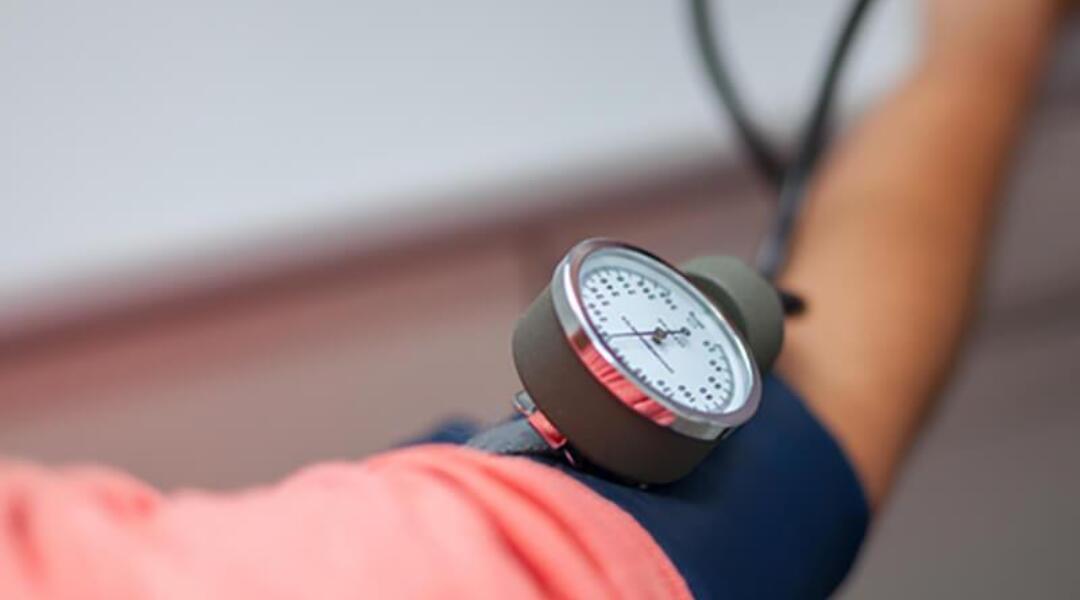High BP is one of the most frequently managed problems in Australian general practice and a significant risk factor for heart disease and stroke.1, 2
Uncertainty about ‘true underlying BP’ is recognised as a barrier to correct diagnosis and management of high BP in Australian general practice.3
While 24-hour ambulatory BP monitoring (24-ABPM) is the gold standard for assessing BP, it is not always practical to use in general practice. In-clinic BP measurements have limitations that can result in under- or over-estimation of BP in some people.3
Home BP monitoring is the self-measurement of BP in the home and can provide additional clarity about a person’s true underlying BP and, in turn, their risk of cardiovascular disease.3
An Australian consensus statement on a systemised collection and interpretation of home BP evidence has only just become available. The Home blood pressure monitoring: Australian expert consensus statement was drafted by an expert writing committee and endorsed by the High Blood Pressure Research Council of Australia (HBPRCA) and an independent panel of Australian health professionals with expertise in BP management.3
Based on the consensus statement, a practical guide for health professionals, including resources for patients, is available in the January–February 2016 issue of Australian Family Physician 45:31–34). This guide and accompanying resources are endorsed by HBPRCA and the Heart Foundation of Australia.
Associate Professor James Sharman and Professor Mark Nelson, two of the authors of the Australian consensus statement and complementary AFP resources, answer some key questions on the topic of home BP monitoring.
Expert Q & A

Professor Mark Nelson
Chair of General Practice, School of Medicine, and Senior Member, Menzies Institute for Medical Research, University of Tasmania
Why was the home BP monitoring consensus statement developed?
We were aware of a major evidence–practice gap in the area of BP measuremenct and monitoring where the use of home BP monitoring could offer benefit for patients and doctors.
However, just like the measurement of BP in the clinic, in order to have confidence in the BP values self-recorded by the patient at home, it is important to use a standardised approach. If patients are using an ad hoc approach (‘I do it when I feel my blood pressure is up’), the measurements may not be representative.
To facilitate clinical take-up of a standardised approach for home BP monitoring, there was a need to develop practical and accessible materials for both patients and doctors. This is where the home BP monitoring consensus statement and the resources for health professionals and patients in AFP come in.
What are the advantages of using home BP monitoring compared with other methods such as in-clinic measurements or 24-ABPM?
The main advantage of home BP monitoring over clinic BP monitoring is that, when carried out in a standardised way, home monitoring can provide a more reliable assessment of true underlying BP than clinic BP measurements.
Home BP monitoring can also better predict a patient’s risk of BP-related clinical outcomes such as stroke, MI and other hypertensive end-organ disease.
Although 24-ABPM is the gold standard for detecting white-coat or masked hypertension it is not always available and can be costly.
Compared with clinic BP, home BP monitoring has also been shown to improve BP control, increase adherence to therapy and engage and empower the patient in their own BP management. Furthermore, home BP monitoring is widely available, fairly convenient and inexpensive for patients.
Neither home BP monitoring nor 24-ABPM devices are covered by the MBS, but home BP monitoring devices may attract a rebate for patients who have private health cover.
What do you see is the role of home BP monitoring in the assessment of absolute cardiovascular risk and in the diagnosis and management of high BP in a primary care setting?
At this stage home BP monitoring is recommended as a complementary tool to clinic and 24-ABPM measurements for diagnosis and management of high BP. Home BP monitoring can also be used when 24-ABPM is not readily available, for example, to detect white-coat and masked hypertension.
However, we need to take care when interpreting values from home BP monitoring, as definitions of BP categories and the cardiovascular risk calculator in Australia are based on clinic BP values.
There is limited evidence to guide conversion between clinic BP and home BP measurements, but until this becomes available we suggest adding 5 mmHg to the systolic home BP measurements before using them to assess for high BP or calculate absolute cardiovascular risk.
What kind of advice should GPs give patients for monitoring their BP at home?
For your patients using home BP monitoring, advise them on the following.
- Measure BP around the same time twice daily before medicines, food or exercise for 7 days (minimum of 5 days).
- Take home BP measurements as advised by you, for example, in the period before visiting you or 4 weeks after a medication change.
- Use a validated and automated home BP device with an appropriate sized cuff. A list of validated home BP monitoring devices can be found on the British Hypertension Society website
- Follow the recommended method to measure BP at home – use the How to measure home blood pressure resource. Note: you may also want to demonstrate the correct method for your patient or ask them to show you how they do it.
- Feed back their recorded home BP measurements to you – the home BP diary from AFP is available in electronic or paper format.
- Speak to you about any questions or concerns they may have about their BP.
- Measure BP around the same time twice daily before medicines, food or exercise for 7 days (minimum of 5 days).
- Take home BP measurements as advised by you, for example, in the period before visiting you or 4 weeks after a medication change.
- Use a validated and automated home BP device with an appropriate sized cuff. A list of validated home BP monitoring devices can be found on the British Hypertension Society website
- Follow the recommended method to measure BP at home – use the How to measure home blood pressure resource. Note: you may also want to demonstrate the correct method for your patient or ask them to show you how they do it.
- Feed back their recorded home BP measurements to you – the home BP diary from AFP is available in electronic or paper format.
- Speak to you about any questions or concerns they may have about their BP.
More information
- Home blood pressure monitoring: Australian expert consensus statement.
- How to measure home blood pressure: Recommendations for healthcare professionals and patients: Australian Family Physician 2016;45(1):31–34.
HBPRCA and the Heart Foundation endorsed patient resources to help measure and record home BP readings:
References
- Britt H, Miller GC, Charles J, et al. General practice activity in Australia 2010\u201311. Sydney: Sydney University Press, 2011. [Online] (accessed 5 September 2012).
- Lewington S, Clarke R, Qizilbash N, et al. Age-specific relevance of usual blood pressure to vascular mortality: a meta-analysis of individual data for one million adults in 61 prospective studies. Lancet 2002;360:1903\u201313. [PubMed].
- Sharman JE, Howes FS, Head GA, et al. Home blood pressure monitoring: Australian Expert Consensus Statement. J Hypertens 2015;33:1721\u20138. [PubMed]

